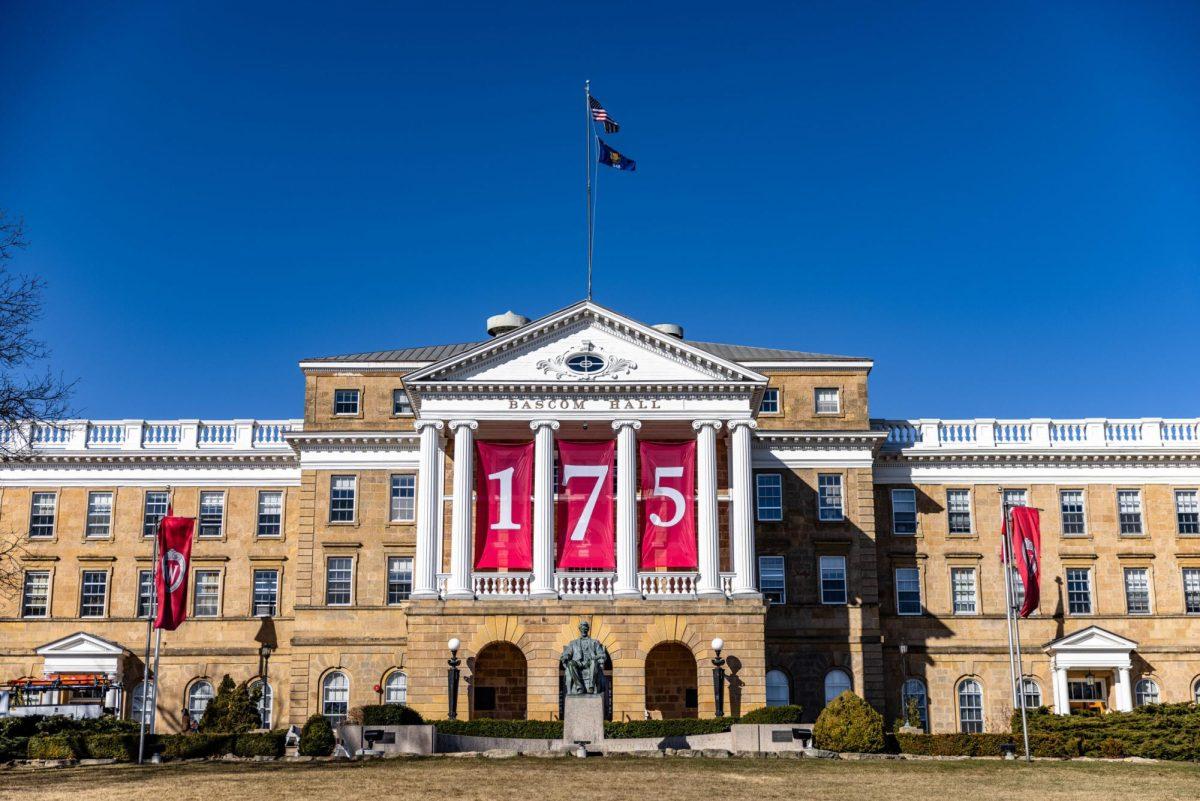The American Recovery and Reinvestment Act has generated more than $2 billion for Wisconsin residents and more than $155 million for Dane County residents, according to a recent report by the Wisconsin Council on Children and Families.
Congress signed the act into law in February 2009 with the goals of creating new jobs, stimulating economic activity and growth and encouraging transparency and accountability in government spending. The act includes allocating $275 billion for federal grants and loans, and $288 billion in tax cuts and benefits for families.
Bob Jacobson, spokesperson for the WCCF, said they generated the numbers by tracking the money on a county-by-county basis.
He added the analysis shows the money that people and businesses are receiving is being spent right away and is boosting the economy.
“It shows this money is making a huge difference and it’s contributing to the creation and protection of jobs beyond what is easy to count,” Jacobson said.
The WCCF looked at the direct benefits from the funds given for five specific programs in the state: $852 million in tax credits for workers, $599 for extended weeks in unemployment benefits, $261 million for a $25 increase in weekly unemployment benefits, $254 million for “economic recovery payments” and $111 million for Food Share benefits.
In Dane County, residents received more than $155 million in benefits, including $83.5 million in tax credits, $48.6 million in combined unemployment benefits, $16.4 for the economic recovery payments and $6.6 million in Food Share benefits.
Jacobson said many people only look at how many concrete jobs the American Recovery and Reinvestment Act has created, but this study shows the stimulus money has had many indirect effects that have helped the economy as well.
“It is absolutely doing what it’s supposed to do and it’s helping a lot, both in terms of people who live in the state and for the state coffers themselves,” Jacobson said.
Jacobson gave the example of the Food Share program, which gives lower-income people the means to buy food. He said the increased funding for Food Shares benefits the grocery stores where the food is bought, which in turn means the stores will not lay off their workers.
Jacobson added although the federal funds have helped the state, it is still too soon for the money to stop coming in.
“We’re absolutely not out of the woods yet. The federal government needs to continue coming through to keep the state weathering the storm,” Jacobson said.
Jack Huddleston, University of Wisconsin environmental studies professor, said he feels overall the stimulus money has been beneficial to the state. However, we have still not seen the full effects of the funding as it takes about 12 to 18 months for money to work its way through the system.
Huddleston added although the stimulus act has encouraged economic growth, it was so rushed that the benefits are not everything they could have been.
“If we’d had another year to think through where and how we ought to be spending it, in the end we would have had higher returns, but we didn’t have that time,” Huddleston said.












